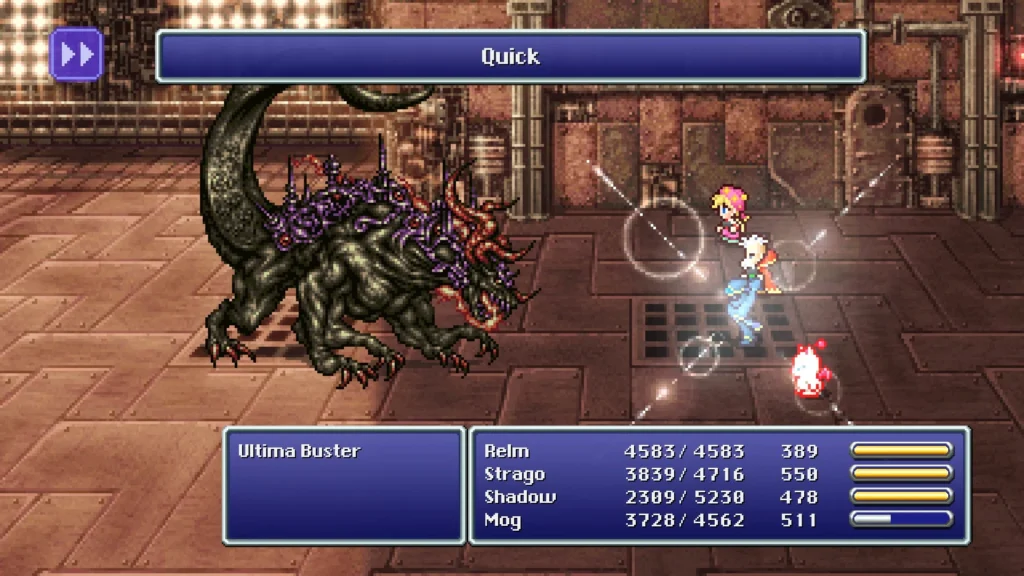Call it what you will, Final Fantasy III or VI – regardless of the name, one thing is true: it’s still one hell of a game 30 years and counting. Originally released on this day in 1994, the first of the Yoshinori Kitase-directed RPGs was the last Final Fantasy before the series’ entry into a new era with the arrival of the PlayStation.
Taking place in a world that was ravaged by war and magic and technology reigns supreme, the Empire looks to the past for a means to become ever more powerful. And for that, they seek to harness the powers of the Espers, who were once the embodiment of magic but were turned to stone by the gods.
It is then that Terra, a mysterious girl is discovered to be a descendant of that race, and through her, evil plans to conquer what’s left of the world. Kefka, one of its generals, is consumed by ambition and in his quest to build a new planet to his image. It falls to Terra, along with a merry band of heroes to put an end to his plans.
That’s the short and painfully simple summation of the story of the game, which spans over not one but two huge world maps and deals with mature themes such as suicide, loss, and brainwashing in masterful manner, all the while delivering some of the best gameplay the series has ever seen.

Final Fantasy VI was easily one of the best entries up to that point, and even though it’s up to endless debate which one takes the top spot – usually a duel between it and the fourth entry – it’s undeniable that its influence on all future games is tremendous. So much so that yeah, 30 years later we’re still talking about it in this article!
A month and change after the second volume in its sequel’s remake hitting shelves, it’s crazy to think that it’s a 16-bit game of all things that still gets the spotlight shone on this beautiful April 2nd. Its cast, among the most memorable out of the series, is ever present in ensemble games such as the various Dissidia and the likes of Theaterrythm, and whenever there’s a Yoshitaka Amano exhibit going on, Terra is likely front and center.
Being the final entry of the 16-bit generation, Final Fantasy VI is the one that most took advantage of the Super Nintendo hardware at the time. Returning visual tricks such as Mode 7, also present in the earlier entries, are put to the test, working on conveying the sense of movement especially during the game’s dramatic opening aboard the Magitek armors. It also works as the means to displaying the ever-changing world in true chaotic fashion, eerily working to provide a sense of undeniable dread the closer you get to the final confrontation in the story.

Even though simple for today’s standards, the sprite work in this game is absolutely gorgeous, the last entry to truly embrace the crunchy look of the 2D art before the shift to polygons with VII. To this day, on and off, Square Enix looks back to sprites with a tinge of nostalgia, like the way the save screen in XVI displays your active party. It’s a cute homage that wouldn’t be there if it weren’t for Final Fantasy VI’s success and adoration worldwide.
So rejoice! The biggest classic among Super Nintendo’s banger after banger of RPG releases turns 30, but it’s still one hell of a game. Not many can back such a claim that’s for sure! It surely deserves all the praise it gets not only for being among the best entries in all of Final Fantasy, but in videogames as a whole. This is all for you! Cheers! Long live Final Fantasy VI!





